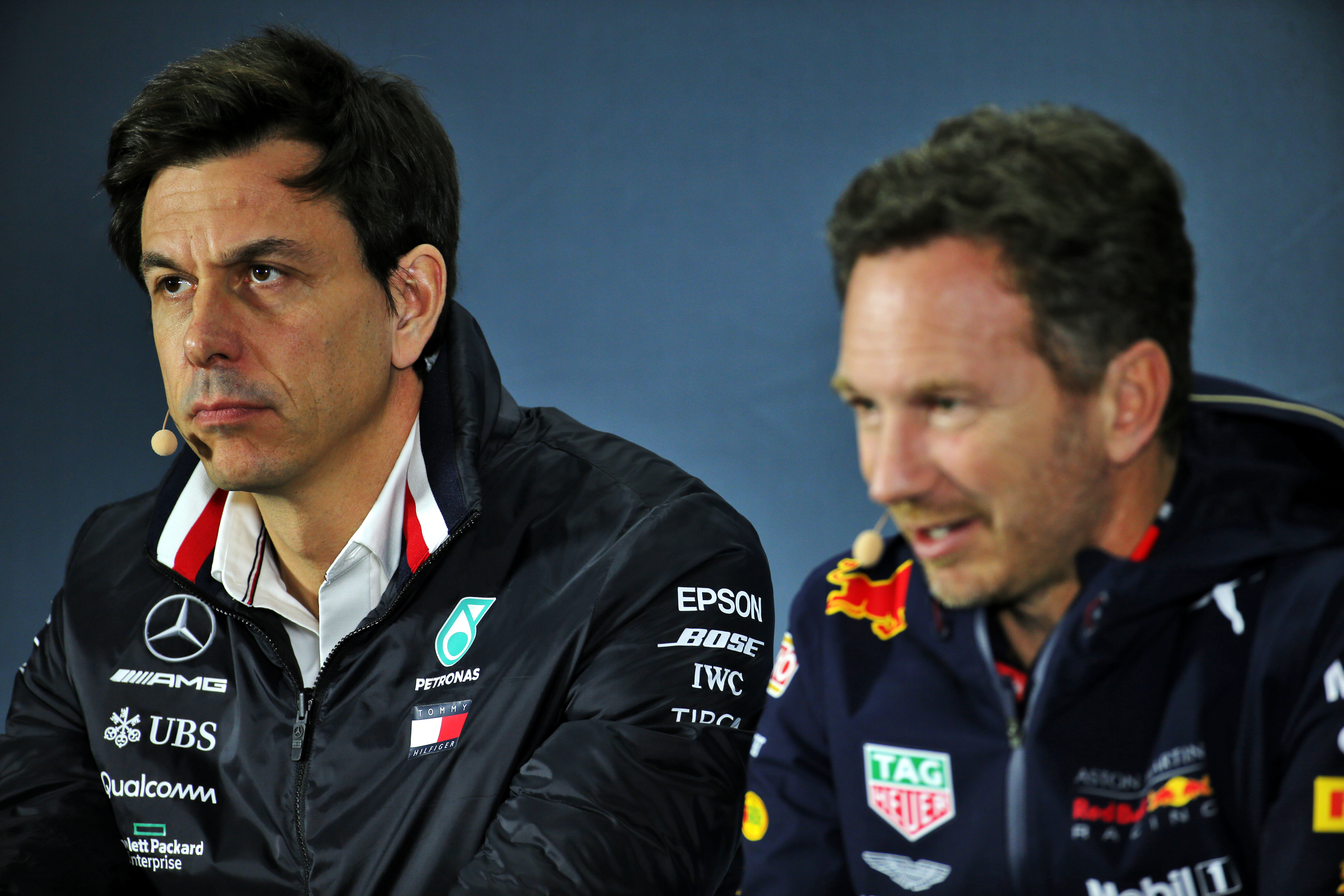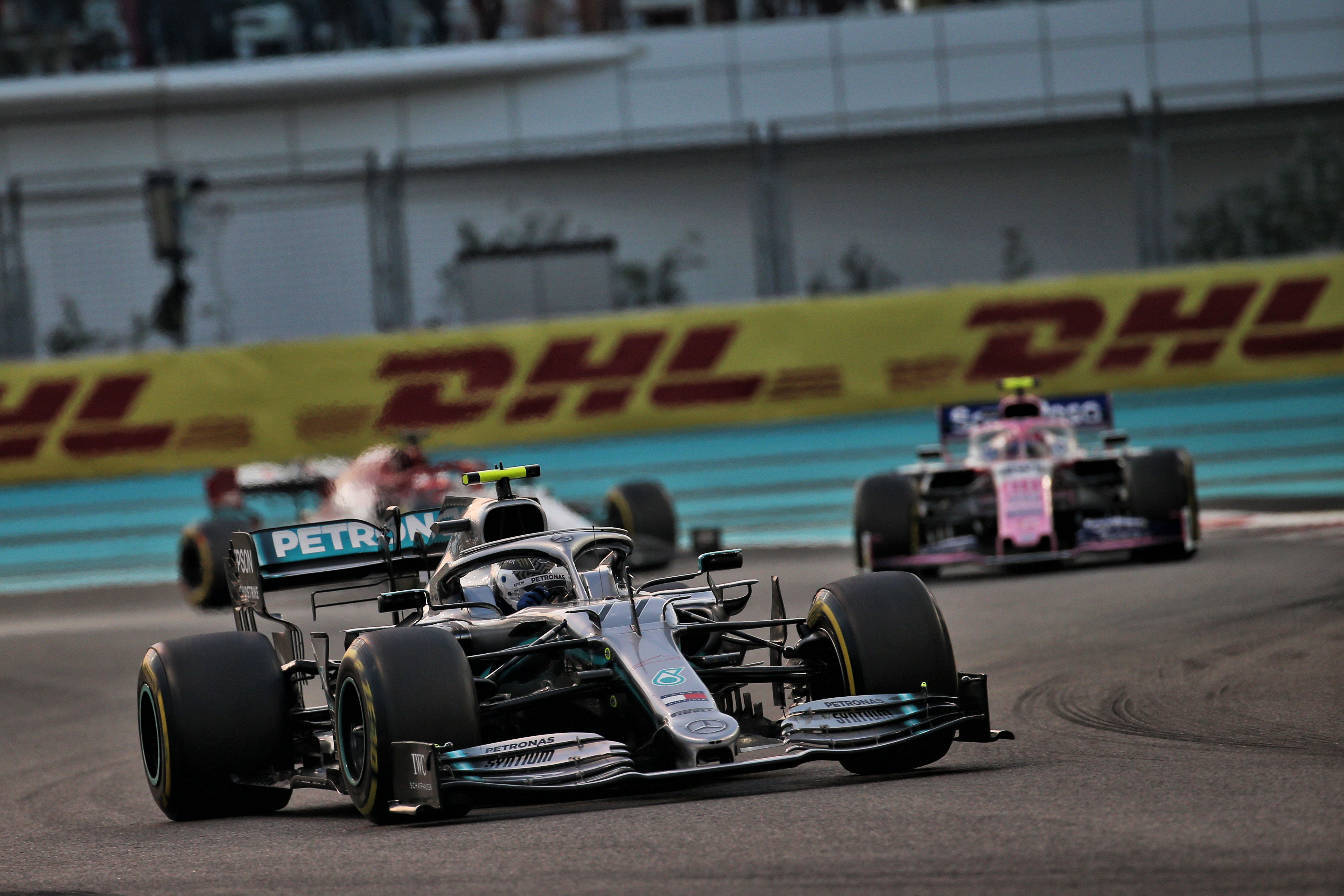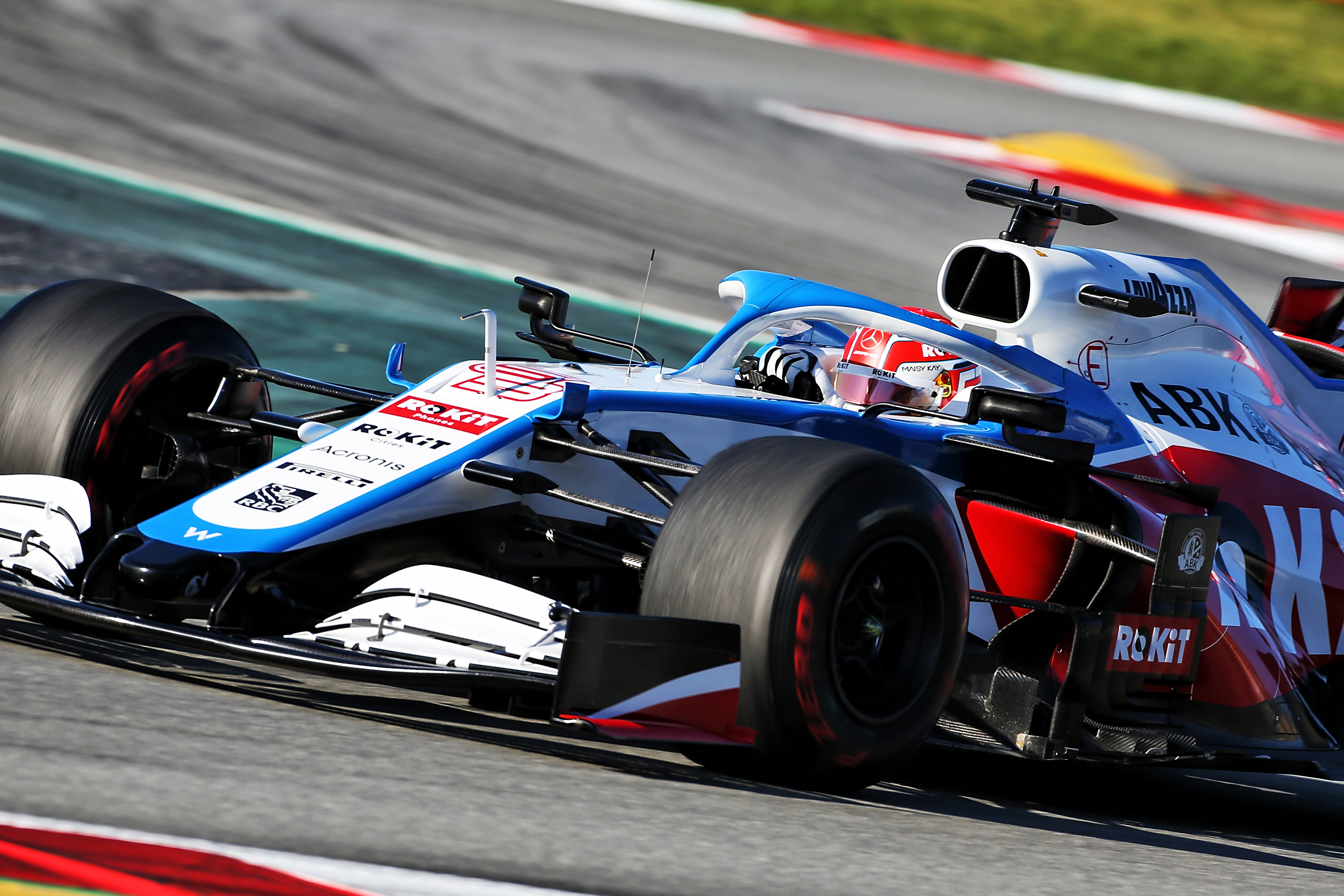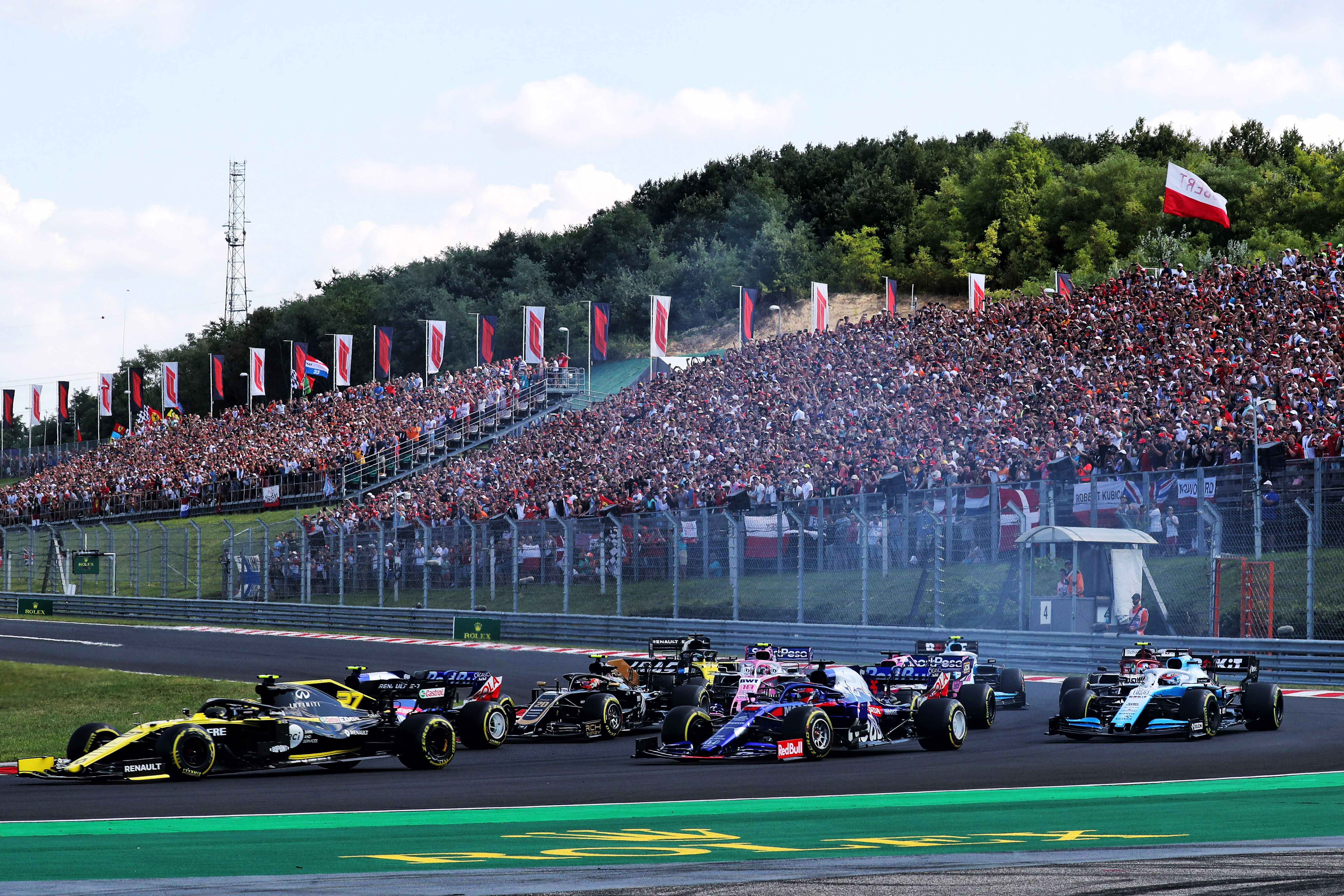When Toto Wolff explained his Mercedes team’s reasons for blocking reversed-grid qualifying races for the second race of Formula 1’s double-header events, he made it clear he saw it as a gimmick. Yet during the same interview, he backed the new sliding scale of aerodynamic testing restrictions.
The ATR has been criticised by some, including by Red Bull team principal Christian Horner. He argues it’s a form of handicapping, the first time there has been so explicit an attempt at performance balancing in F1 history. The only thing that bears even vague comparison are the equivalency formulas that used to exist between normally-aspirated and turbocharged engines.
Wolff’s own technical director, James Allison, has also eloquently criticised the lag in the system and the potential for it being gamed by a struggling team ensuring it finishes lower in the championship than it would otherwise to maximise aero testing for the 2022 technical regulation changes.
He also pointed out that, with the new $145m budget cap, it will also disadvantage teams that have identical running budgets that would have had different levels when it was set at $175m.
This is the first time there has been a clear, formalised attempt at performance balancing in F1 history involving cars running to the same configuration. It’s a big step for F1, but it’s a long way short of more extreme measures such as reversed grids.
Wolff draws a clear distinction between the two, and he is right to do so. He argues that while the proposal for reversed-grids qualifying races is a “baseball bat”, while the ATR rules are just about a fine adjustment.
“I am a fan of the meritocracy of Formula 1, the best man and in the best machine wins,” says Wolff. “This is how it always was, no gimmicky stuff like in some other sports where the ‘show’ people have added components that have diluted the sport.

“I hate any kind of balance of performance. It becomes a political game, and a political world championship and has no place in Formula 1.
“What has been introduced with the new ATR is a possibility for the lower ranked teams to slowly creep back in terms of development scope to where the leading teams are.
“It’s tiny percentages every year so that’s not going to make a big difference from one year to the other, but it’s going to balance the field out after a few years.
“If you’re not good enough to win anymore, then you have equal opportunity, you’re second or third you have more scope [for aero testing] than the world champion.
F1’s objective is to level the playing field. That phrase is sometimes misunderstood to mean even up the competition, but it’s actually about creating greater equality of opportunity
“It was done as a fine adjustment, not with a baseball bat. The reverse grids would have been the baseball bat.”
While forms of reversed grids continue to be worthy of consideration despite the extreme reaction every time they are raised, the ATR rules are very different. Even calling it performance balancing is perhaps overstating it because that term is usually associated with blunt-instrument measures.
If you penalise someone’s prior success with an extra 50kg ballast, they will pay a clear and unavoidable price.
There is an art to development and setting up a car to minimise the compromise of carrying ballast, with touring car teams tweaking parameters such as the suspension geometry, springs and potentially gear ratios, but that’s only fiddling around the edges. The laws of physics are immutable. Add deadweight and you are going to go slower and work the tyres harder. It is a baseball bat.

The ATR rules are subtler and potentially continuously self-correcting.
Yes, they will limit the potential of a team relative to a less successful one. But the numbers involved – a 2.5% step between each team in 2021 doubling to 5% for the years after – combined with the regular revisions mean that it can become a self-correcting system. This won’t be about the wild swings that, say, ballast can cause.
Because within this, the impact of the team doing a good job is far greater than with less subtle measures.
Just because Team A has 2.5% less, or 10% less aerodynamic testing than Team B does not mean it’s going to produce a slower car. Yes, it reduces the work it can do and it makes the task harder – unquestionably limiting the potential of what can be learned through aero testing – but if Team A does a better job with less than Team B has then it will still be ahead.
While a team that has less aero testing than a rival has unavoidably had its potential limited, its well-established advantages will still be a factor.
F1’s objective is to level the playing field. That phrase is sometimes misunderstood to mean even up the competition, but it’s actually about creating greater equality of opportunity. To suggest a mechanism that limits the potential outcome of aero testing fits within that might seem counter-intuitive, but it should help the midfield teams close on the big three in the longer-term. That’s the “slow creep” Wolff refers to.
And with the system resetting mid-way through the year, it will also ensure no team is further disadvantage if they have slipped back.

There will still be a hierarchy of teams, some will be better than others, but at least the gap should gradually close. You could give Williams all of the aero testing it wanted right now and it wouldn’t catapult to the front.
What must be avoided is a ‘see-saw’ effect, whereby each team has a ‘turn’ at the front as the success is artificially shared around. There’s nothing in the ATR package that will have such a profoundly destructive impact.
Since the last round of commercial agreements, F1 has hard-wired in too many inequalities and paid the price with three teams leaving the rest behind and it is necessary for action to be taken
When you are talking about aero understanding – and the levels the top teams have got to in terms of understanding how to control that downforce loading, the interaction of steering angle/ride height with the performance of the car and also off-surface airflow – this is a big knowledge gap that has to be closed. It’s the primary reason the chasm in performance has opened up between the big three and the rest.
It’s not perfect and, as Gary Anderson has argued, you could say it doesn’t go far enough. As for the concern that it could be gamed, that is indeed a risk but such a move would come at a cost.

Allison is absolutely right that there is lag in the system, but when it comes to development F1 teams now have such long lead-times for car projects that this is unavoidable.
Ideally, it would perhaps not have been implemented to coincide with the development year for a new car governed by dramatically different technical regulations, but these are not ideal times. Since the last round of commercial agreements, F1 has hard-wired in too many inequalities and paid the price with three teams leaving the rest behind and it is necessary for action to be taken.
It might take a few years for the difference it is making to become clear, and the rules might need fine-tuning and, one day, perhaps can be dropped entirely, but it’s the kind of measure that can have a sustained impact on F1 even though it’s not perfect. But it’s far better than taking no action, and certainly preferable to being more heavy-handed.
It’s not game-changing, but rules panaceas don’t exist and as part of a wider raft of measures, F1 opting for the finesse of the ATR rules over the baseball bat of unavoidable performance penalties is encouraging.


